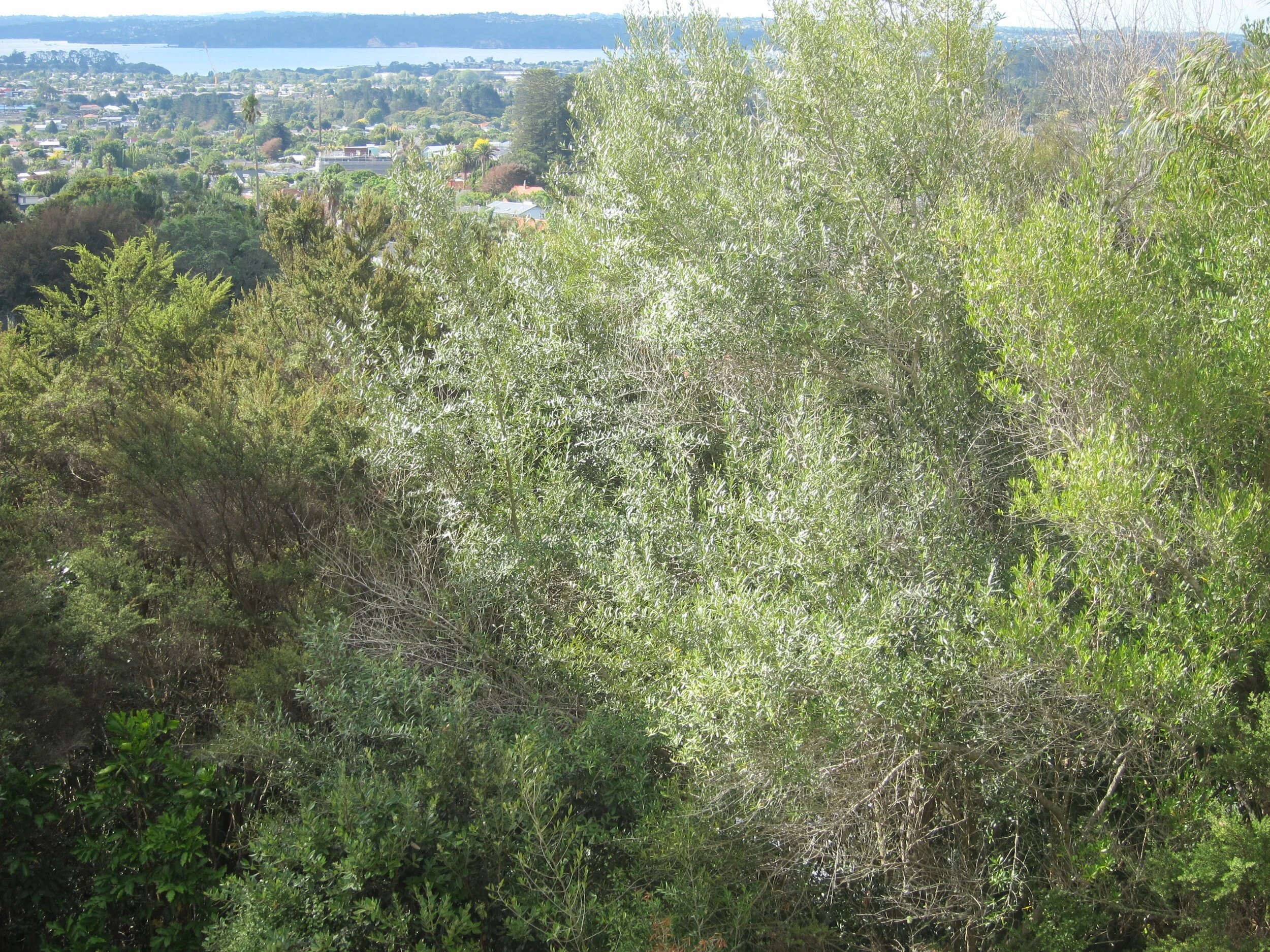Accusations of racism and colonialism marginalise Māori in the maunga tree debate
- Pouroto Ngaropo (Ngāti Awa ki te Awa o Te Atua, Te Tāwera Hapū)
- Shirley Waru (Te Rarawa o Ngāpui / Te Uri o Tai)
We recently read with exasperation a Pākeha columnist’s racially based criticism of those trying to prevent Tūpuna Maunga Authority from felling around 2500 exotic trees on Auckland’s maunga (volcanic cones).
Ironically, the racists are the Pākeha who are taking the Authority’s side.
This is because incorrectly positioning an environmental issue as a racial one has focused attention on the Pākeha who want to save the trees, while ignoring and thereby marginalising the many Tangata Whenua and People of Colour who disagree with the Authority’s environmentally destructive plans.
This narrative also conveniently neglects to acknowledge that a maunga tree protection group – Protect Mt Richmond / Ōtāhuhu – is led by a Māori woman who shares the same concerns as the well-known Honour the Maunga group at Ōwairaka / Mt Albert.
But there’s a far bigger issue at hand, and that is the extent to which Tūpuna Maunga Authority and its supporters are actually undermining – not protecting - Mātauranga Māori (traditional Māori knowledge and culture).
What is Tūpuna Maunga Authority and how it is disrespecting Māori culture and knowledge
A 2014 Treaty settlement vested ownership of 14 Auckland volcanic cones (maunga) in a collective of 13 iwi / hapu on the basis that they are held in trust for the common benefit of that collective and “all other people of Auckland”.
The “others” include Tangata Whenua from iwi / hapu who were not part of that Treaty settlement, and people from other ethnicities.
All maunga are public reserves, and public access is guaranteed.
Tūpuna Maunga Authority is the administering body for the maunga (it does not own them). It is a ratepayer funded co-governance organisation, whose voting members equally comprise iwi collective and Auckland Council representatives. Thus, criticisms of the Authority are levelled at its Auckland Council members as much as anyone.
Although it is a Crown construct, the Authority had the opportunity to exercise true tino rangatiratanga (self-determination authority and chiefly autonomy) and operate in accordance with Mātauranga Māori principles.
Instead, it has been corporatised into a winner takes all model that weaponises race. It gives no voice to Tamaki Makaurau’s kaumatua and kuia and even less voice to Tangata Whenua and others in local communities.
A true rangitira (leader) works for the people and is a master of weaving (ranga) them together – something that is not happening regarding the maunga trees and other Authority decisions.
Instead, the Authority and its supporters are playing the deeply divisive race card to distract attention away from its environmentally, culturally and socially harmful actions.
In eroding Mātauranga Māori the Authority and its supporters are eroding Māori identity, which concerns us deeply.
It is doing this in many ways, such as by failing to act in accordance with Tikanga Māori or its required protocols. For example, after more than a year of denials, the Authority admitted that nobody was consulted about the specific intention to get rid of all the exotic trees; in fact, this was never even voted on.
A tikanga-led approach would have seen extensive and genuine grassroots consultation with maunga communities about the tree felling plans.
Who are the real Kaitiaki?
Central to Māori culture is the belief in one universal lifeforce – Mauri, which binds all things together as one collective energy across space, time, location and dimensions. To us, everything is born of the earth, Papatūānuku, and has the same life force that comes from the Creator, Io Te Waiora.
Protecting Papatūānuku and all of her children should therefore lie at the front and centre of all decision making.
In claiming to exercise Kaitiakitanga (guardianship) the Authority disrespects our culture because this requires honouring the whakapapa (ancestry) of the maunga themselves and all the Kaitiaki such as the birds, native and exotic trees, and other life forms.
The Authority claims felling the exotic trees will put the Mana and Mauri back in to the maunga. To suggest that the maunga are weakened and sick because of the exotic trees is wrong; Papatūānuku clearly wants them there or she wouldn’t let them grow.
It is also wrong to imply Mana and Mauri are exclusive to Māori only. In fact, each of us as living beings have Mana and Mauri.
Pākeha wokeness is patronising and racist
It strikes us that many Pākeha defenders of the Authority’s tree-felling plans are going against what they know is the environmentally right thing to do in an attempt to feel better about themselves and to atone for their guilt about “white privilege”.
Yet defending the Authority’s environmentally damaging and culturally inappropriate actions in an attempt to somehow protect Māori is condescending, self-satisfying and racist in a whole new way.
It is time to stop thinking of the maunga tree issue as a racial matter, for it is not; it is an environmental one.
To position it as otherwise distracts attention from the questions that need to be asked around why this is being done and how this will benefit anybody other than tree felling contractors and lawyers.
We therefore call upon Tūpuna Maunga Authority and its supporters to act in the spirit of partnership, in accordance with – and respect for - our ancestors’ teachings.
* Pouroto Ngaropo is an Honour the Maunga Patron * Shirly Waru leads the Respect Mt Richmond / Ōtāhuhu maunga tree protection group

